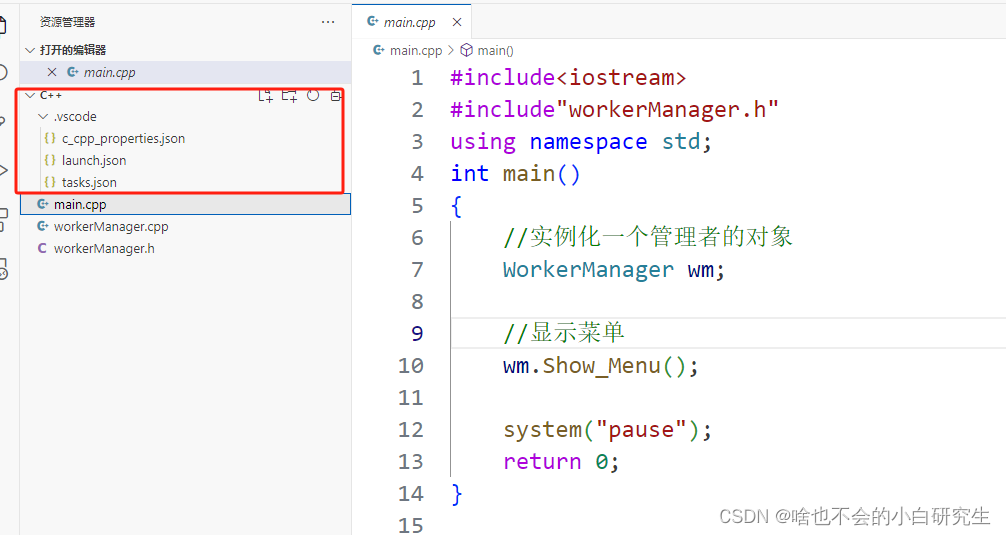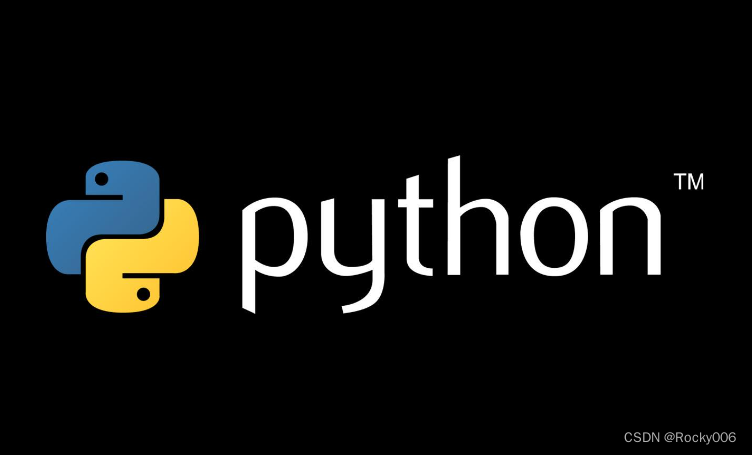本文介绍: C, —line–bytes=SIZE put at most SIZE bytes of records per output file 每个输出文件的最大字节大小。-e, —elide–empty-files do not generate empty output files with ‘-n’ 不产生空的输出文件。split [-a] [-d] [-l ] [-b ] [-C ] [要切割的文件] [输出文件名]默认行数是1000行)
在 Linux 系统下使用 split 命令进行大文件切割很方便
[3] 帮助信息
声明:本站所有文章,如无特殊说明或标注,均为本站原创发布。任何个人或组织,在未征得本站同意时,禁止复制、盗用、采集、发布本站内容到任何网站、书籍等各类媒体平台。如若本站内容侵犯了原著者的合法权益,可联系我们进行处理。






